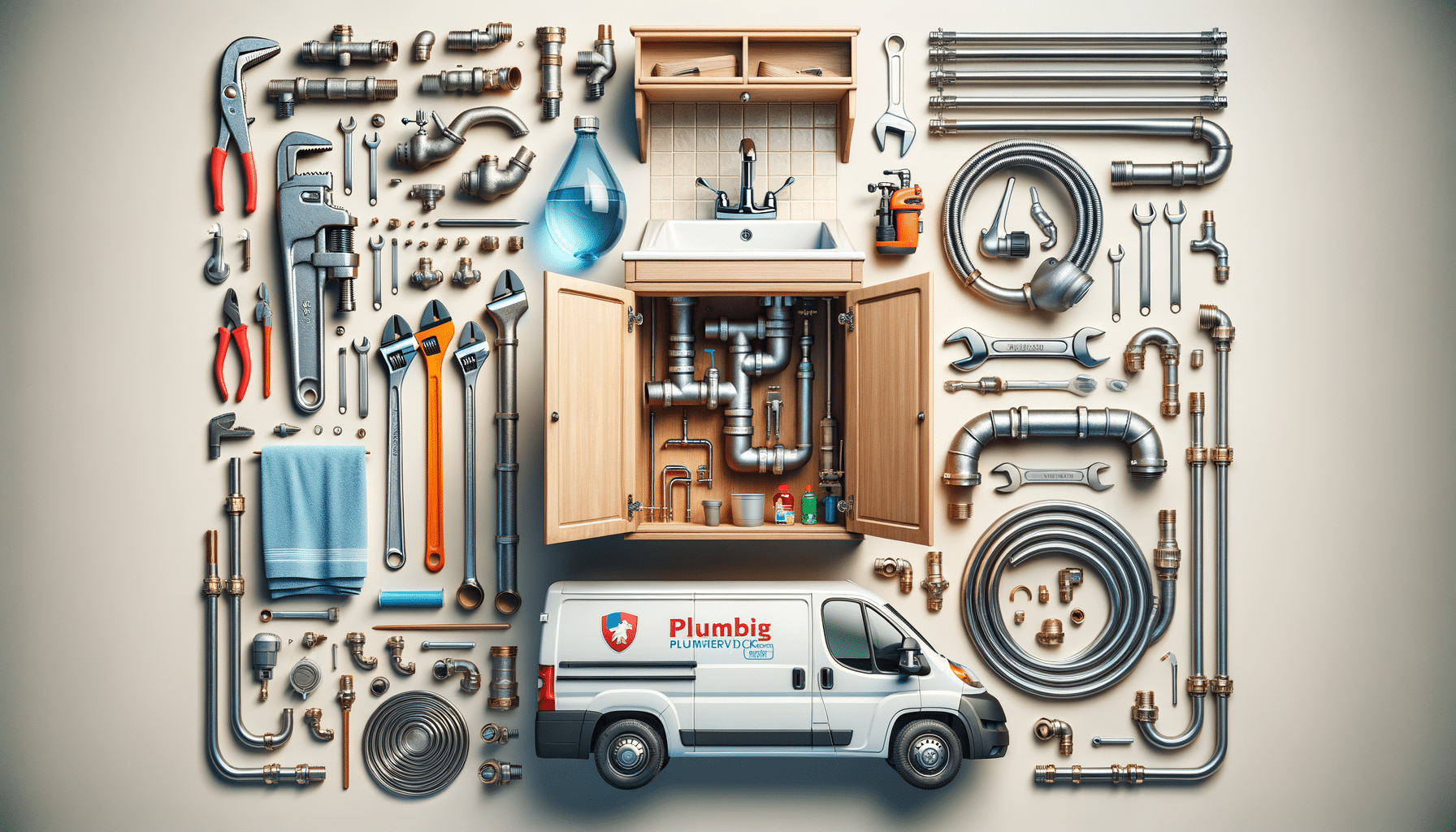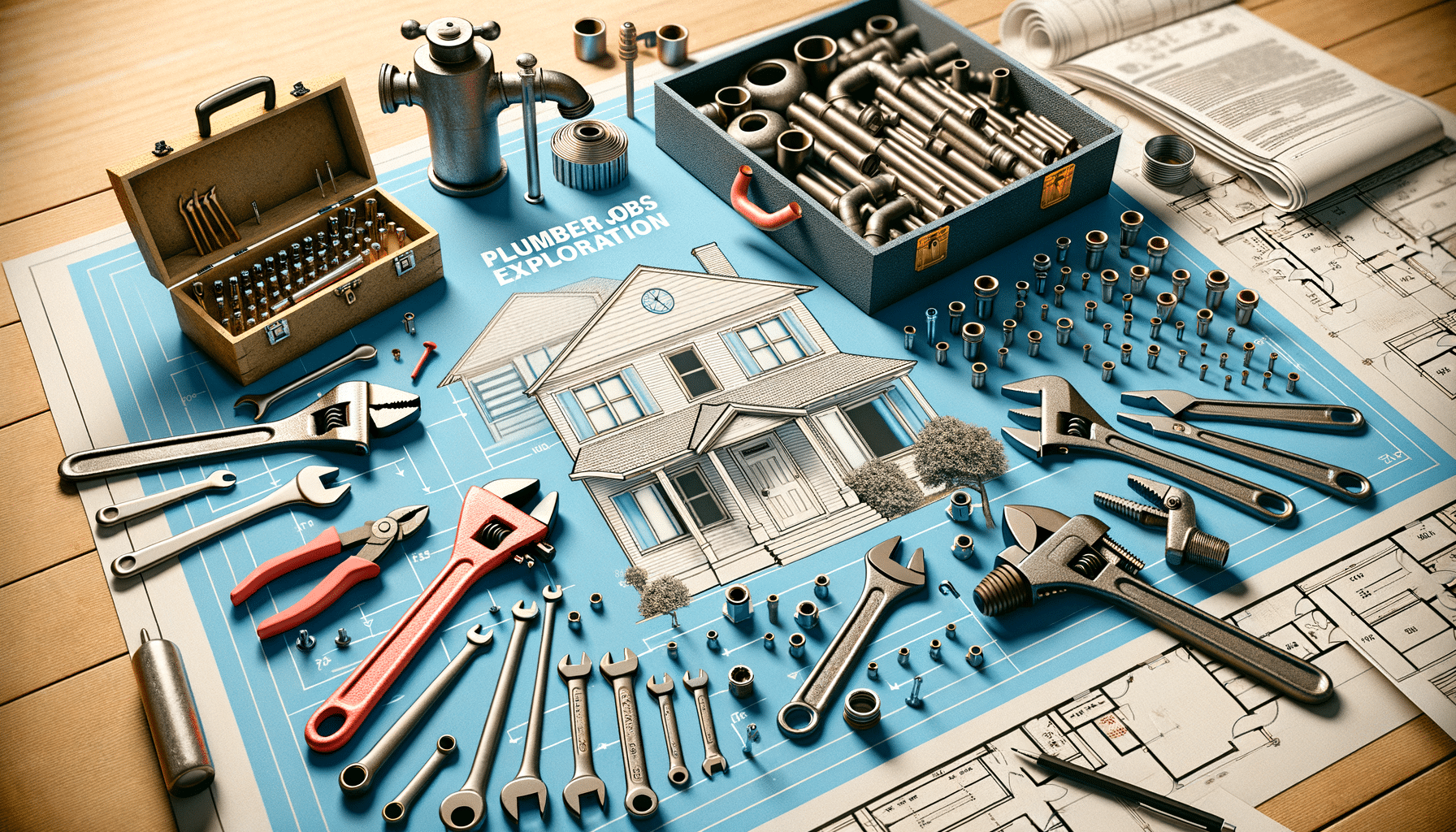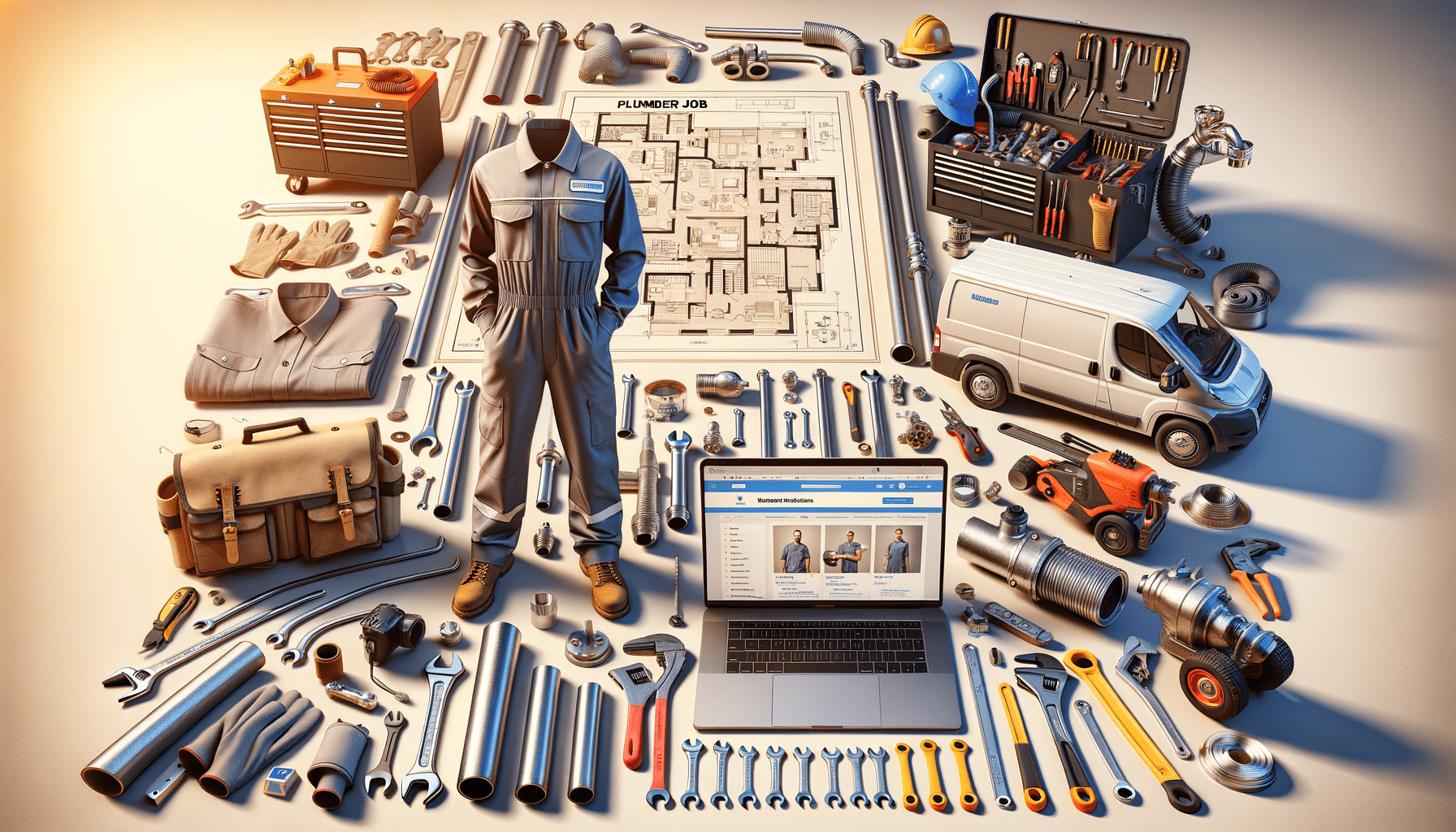
Creating a No-Distraction Work Environment
In an age of open-plan offices, endless notifications, and ever-pinging devices, the idea of working in total focus can seem like a luxury. But if you’re serious about producing your best work—whether you’re writing, designing, strategising, or building—then crafting a distraction-free workspace is not optional. It’s essential.
A thoughtfully designed deep work setup allows you to engage fully, think clearly, and deliver with purpose. It turns your environment from an obstacle into an ally. In this guide, we’ll explore how to transform your surroundings into a true focus space—one where your attention is protected and your productivity can thrive.
Why Environment Matters More Than You Think
Productivity isn’t just about discipline. It’s also about design.
Your surroundings send constant cues to your brain. A cluttered desk, a buzzing phone, or a chatty colleague can nudge you out of flow before you’ve even begun. Conversely, a well-structured space reinforces the mental habits that support deep concentration.
The goal isn’t aesthetic perfection—it’s cognitive clarity.
When your space works with your brain rather than against it, focus becomes easier. The environment becomes a facilitator, not a distraction.
Core Principles of a Distraction-Free Workspace
Before diving into specifics, let’s outline a few foundational principles for creating an environment that invites deep focus.
1. Remove Friction Between You and Your Work
If your tools are buried or your space is messy, just getting started becomes a hurdle. Make everything you need immediately accessible—and everything you don’t, invisible.
2. Design for One Task at a Time
Your environment should reflect singular intent. If it invites multitasking, your mind will follow.
3. Minimise Sensory Clutter
Too much visual or auditory input drains cognitive resources. Simplicity sharpens attention.
Step-by-Step: Building Your Deep Work Setup
Here’s how to shape your environment for focused, meaningful work.

1. Choose Your Primary Focus Zone
Select one space to be your designated focus space—a desk, a room, even a particular seat at a coffee shop. The key is consistency. When you use this space exclusively for focused work, your brain begins to associate it with concentration.
If you work from home, create clear boundaries between “work” and “life” zones—even if they’re only a few feet apart.
A visual or physical cue (like lighting a candle or closing a door) can mark the start of a deep work session.
2. Declutter Ruthlessly
Clutter is visual noise. It subtly competes for your attention, reducing cognitive performance.
Remove everything unrelated to your current task. Keep only essentials: a notebook, a pen, your laptop, perhaps a drink. Store other materials out of sight.
Minimalism isn’t just about design—it’s about mental efficiency.
3. Silence Digital Interruptions
Your devices are your tools—but also your greatest distractions. Left unchecked, they will interrupt your most productive moments.
- Turn off all non-essential notifications
- Use “Do Not Disturb” or focus modes during deep work blocks
- Close unused tabs and applications
- Use website blockers (like Freedom or Cold Turkey) to reduce temptation
Consider: Would a craftsman tolerate a tool that buzzes every two minutes? Why should you?
4. Optimise Lighting and Ergonomics
A poorly lit or uncomfortable space drains mental energy. You don’t need designer furniture, but you do need comfort that supports stamina.
- Natural light is ideal; if unavailable, opt for warm, diffused task lighting
- Sit upright in a supportive chair with feet flat and the screen at eye level
- Reduce glare and eye strain with screen filters or adjusted brightness

5. Control Sound—or Use It Intentionally
Noise is one of the most common barriers to deep work, especially in shared spaces.
- Use noise-cancelling headphones if ambient sound is disruptive
- Play instrumental music or white noise to create a bubble of concentration
- If silence enhances your focus, make it a protected default
Music with lyrics? Best avoided unless you’re doing non-verbal, repetitive work.
6. Signal Focus to Others
If you work around people, at home or in an office, make your focus status visible.
- A closed door or noise-cancelling headphones serve as polite “do not disturb” signs
- Communicate your deep work windows to colleagues or housemates
- Set boundaries on when you’re reachable and when you’re not
The fewer micro-interruptions you endure, the deeper your flow.
Bonus: Mental Habits That Anchor Your Space
A distraction-free workspace isn’t only about the physical—it’s also about the mental rituals that help you use it well.
1. Pre-Work Ritual
Signal to your brain that it’s time to focus. This might be:
- Brewing a cup of tea
- Journaling for two minutes
- Playing a specific instrumental track
- Reviewing your objective aloud
2. Set a Clear Intention
Before each session, ask:
“What is the one outcome I want to accomplish right now?”
Write it down or speak it. This filters out everything that doesn’t matter.

3. Use the Pomodoro Technique or Time Blocks
Work for 25–90 minutes, then take a short break. Time boundaries create urgency and reduce procrastination.
4. Close with Reflection
At the end of a session, jot down:
- What you completed
- What’s next
- How focused did you feel
This builds awareness and improves each session going forward.
Deep Work in Action: What It Feels Like
When your environment is optimised, deep work feels different. You may lose track of time. Your inner critic goes quiet. You stop checking the clock. The work pulls you in rather than you pushing against it.
These moments are rare, not because we lack discipline, but because we rarely build the right conditions for them to happen.
Final Thoughts: Build a Focus Space That Works With You
A distraction-free workspace transcends mere minimalism or the pursuit of productivity for its own sake. Instead, it focuses on respecting your attention, viewing it as the limited and precious resource that it genuinely is.
When you create a thoughtful deep work setup, you are not merely clearing your desk of clutter. You are also paving the way for enhanced thinking, improved outcomes, and a more fulfilling relationship with your work. This intentional arrangement fosters an environment that nurtures creativity and focus, allowing you to engage deeply with your tasks.
By acknowledging the value of your attention, you empower yourself to achieve higher levels of concentration and effectiveness. This approach transforms your workspace into a sanctuary for productivity, where every element serves a purpose and contributes to your overall success.
Focus isn’t something you hope for. It’s something you design for—one element at a time.


